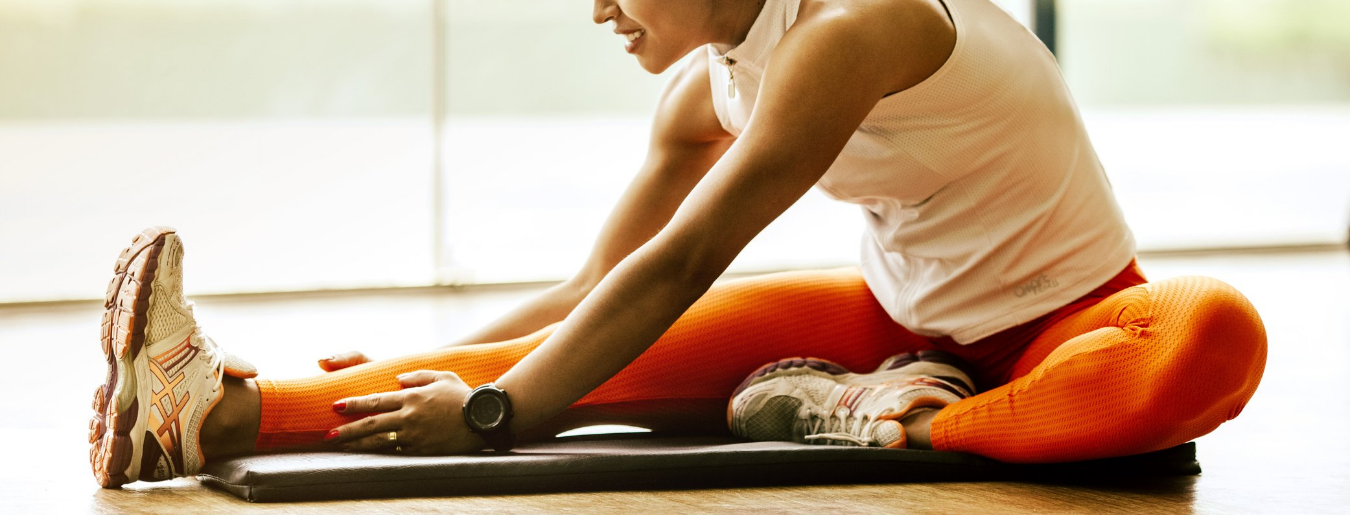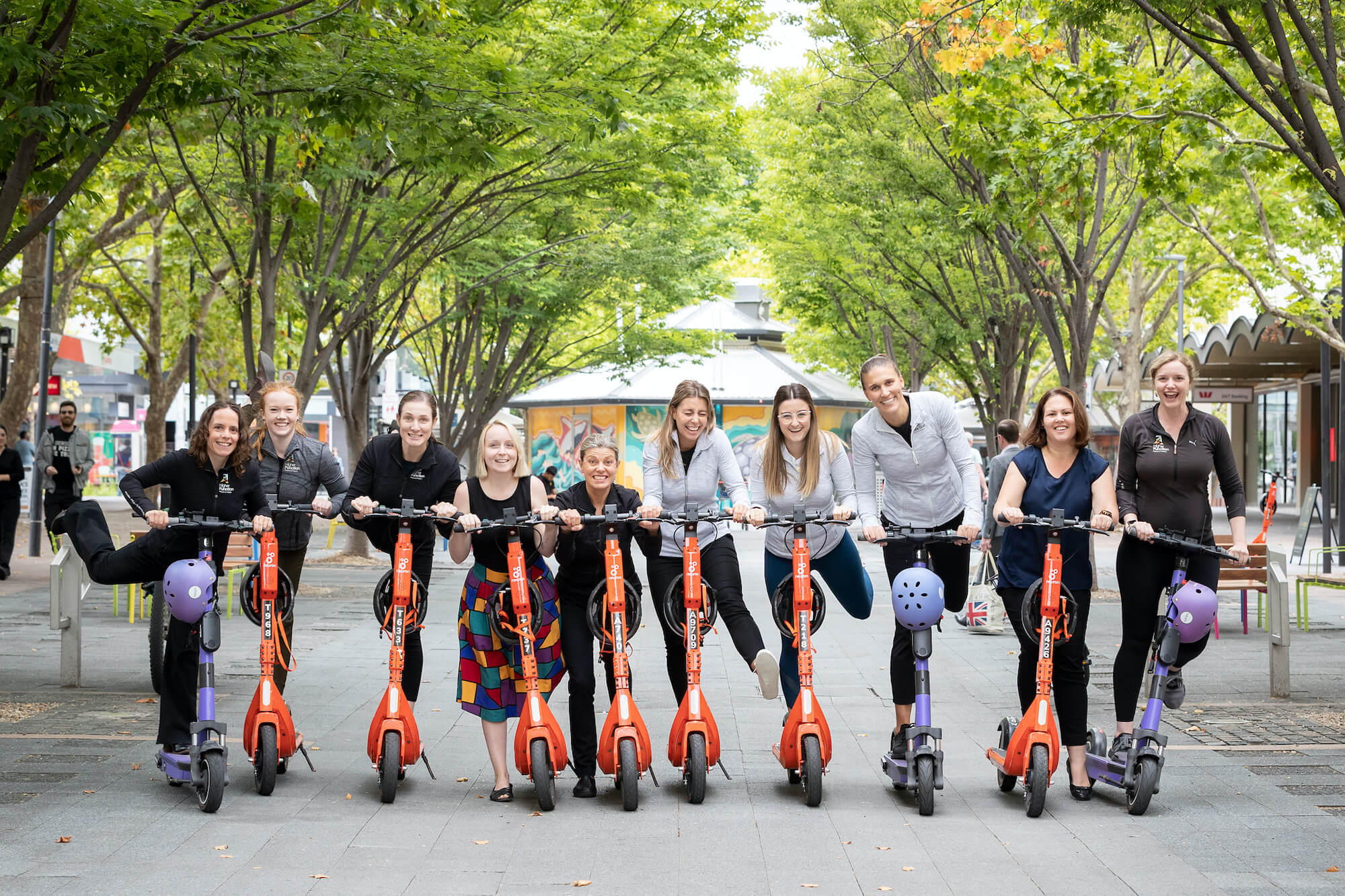By Dominique Wood-Ward – Physiotherapist
What are the different types of stretching, and do we really need to stretch? 🤸 🤸♂️ 🤸♀️
What is passive (static) stretching?
Passive stretching involves the muscle being placed into a lengthened position without a contraction. Usually at the end of range of that muscle length.
What is dynamic stretching?
Dynamic stretching involves the muscle contracting as some point during the stretching process. This stretch can be performed through the muscles full range or with a held muscle contraction in the muscles lengthened range.
Should I stretch? What is the benefit of stretching?
Flexibility is required to achieve an adequate length of a muscle to gain range of motion at a joint, to be able to do a given activity. The level of flexibility you would like to achieve will depend on your goals and physical activity focus.
Flexibility serves a purpose for movements we do in daily living. An adequate level of flexibility will allow for efficient and smooth movement.
Your choice of sport will have an impact on your flexibility requirements. Some sports require greater flexibility in particular joints. For example, in cricket a bowler requires good range of movement at the shoulder to achieve efficiency of movement when bowling. To kick a ball, a certain range of movement is required at the hip to get the leg high enough to kick the ball. Other sports required large ranges of motion in most joints, for example gymnastics.
When should I stretch?
There is no long-term harm of static stretching demonstrated in studies. However, research does show a dramatic reduction in muscle contractile capacity short-term. This is the muscles ability to produce force. This is an important consideration for choice of stretching type; passive vs dynamic stretching around exercise.
Dynamic stretching has been shown to increase the muscles ability to produce force. The big takeaway from this is if you are about to do an activity in which you need your strength choose dynamic stretching. Although do you need to stretch…
I hate stretching, do I have to stretch?
Carefully constructed strength training exercises that work a muscle through full range are as good as passive stretching for gaining range. If you are particularly limited by your muscle length in your chosen activities or sport strength training can achieve same result in terms of length as stretching.
So, if you hate stretching, no need!
It is not just muscles that can limit mobility
It is important to consider the different tissues that can limit mobility. The type of stretching, or strengthening, you need to do will depend on the tissue that is limiting your range. If you have more of a neural tension limitation (where the peripheral nerves aren’t sliding and gliding through the tissues optimally) (which is often the case), it will be more important for you to do neural mobilisation to increase your range of motion.
Please note, this is general advice and you will need a full assessment by a Physiotherapist to understand what is limiting your range of motion.


